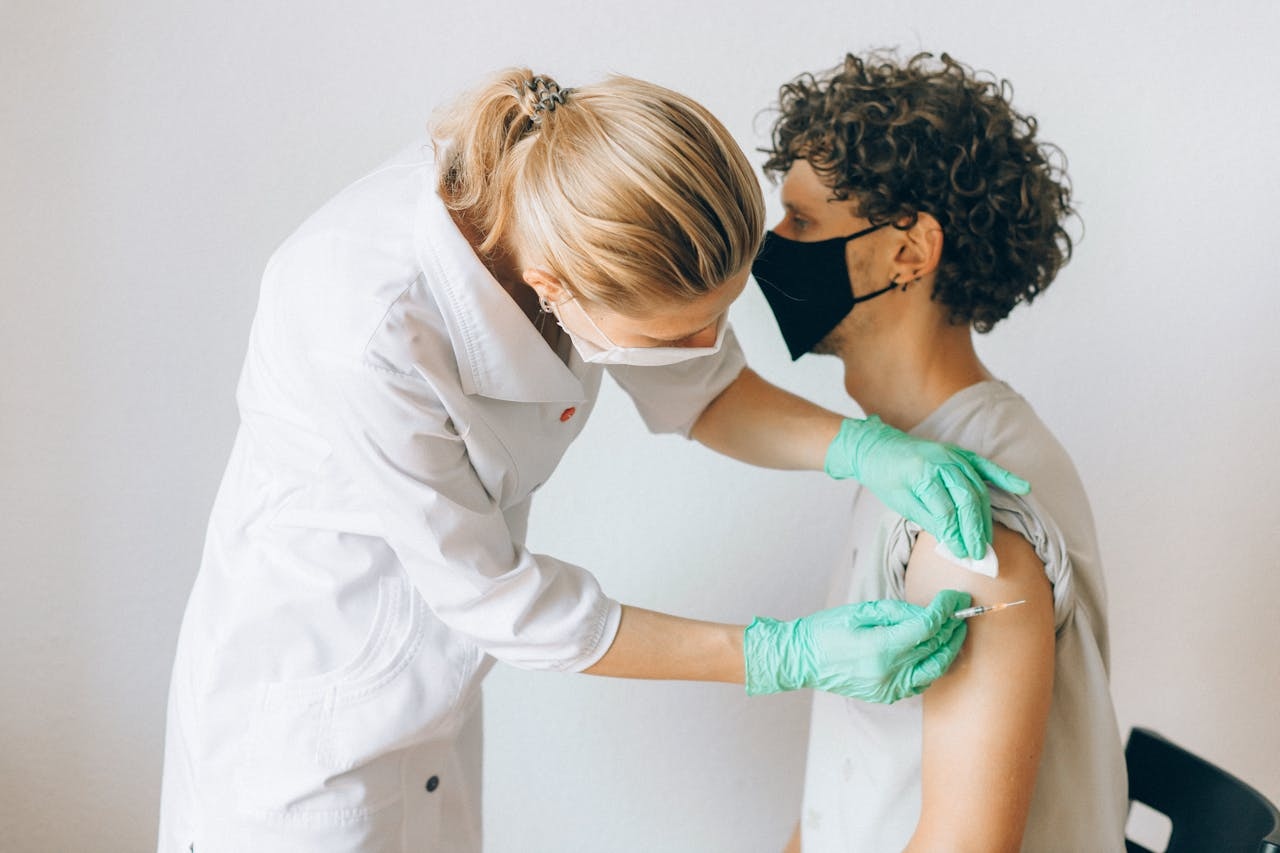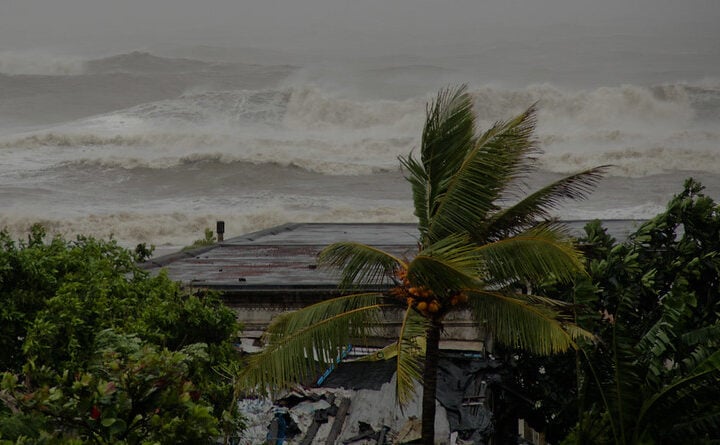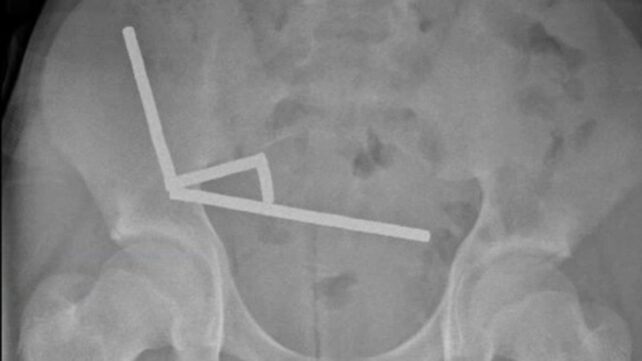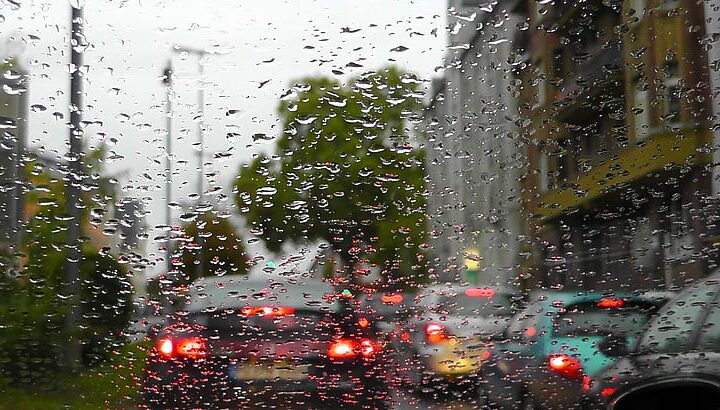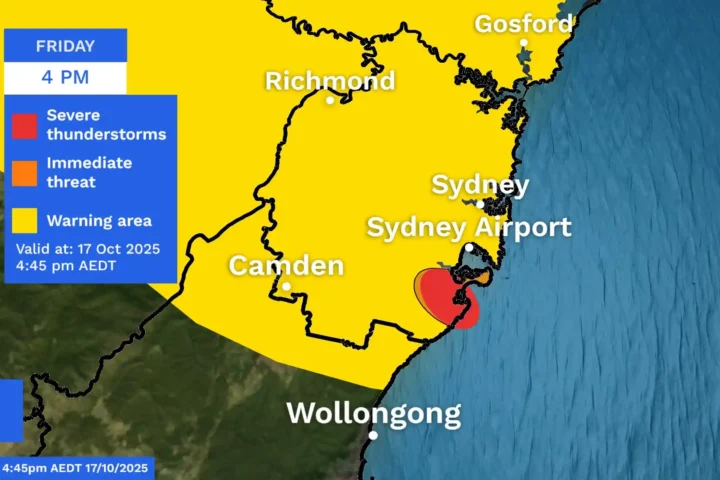Health officials have issued an urgent public health alert following a new measles case in Melbourne with an unknown source, raising concerns about possible community spread.
The infected person has no history of overseas travel and no links to recent measles cases, suggesting they caught the virus locally in the Melbourne area. This marks the fifth locally acquired case among 15 total measles infections reported in Victoria so far in 2025.
Victoria’s Chief Health Officer has issued an alert about this case, highlighting concerns about the unknown source of infection and potential community transmission.
The infected individual visited multiple locations in Melbourne and Gippsland while contagious, potentially exposing others to the highly contagious virus.
Exposure Sites
Health authorities have identified several locations where people may have been exposed to measles, including:
- Beaconhills College – Pakenham Campus (multiple dates between March 26-31)
- Melbourne Pathology Emerald (April 2)
- Emerald Medical Clinic (April 2)
- Paediatric Emergency Department at Monash Health – Casey Hospital (April 3)
Anyone who visited these locations during specified times should monitor for symptoms until April 21. A complete list of exposure sites with dates and times is available on the Victoria Health Department website.
Similar Posts:
What You Need to Know About Measles
Measles spreads easily through the air when an infected person coughs or sneezes. The virus can remain in the air for up to two hours after an infected person leaves the area.
Symptoms typically appear 7-18 days after exposure and include:
- Fever
- Cough
- Red or sore eyes
- Runny nose
- A red rash that starts on the face before spreading to the rest of the body
Health officials warn that measles isn’t just a childhood rash – it can cause serious complications like pneumonia and brain inflammation (encephalitis). These complications can be life-threatening, especially for babies, pregnant women, and people with weakened immune systems.
Who Is at Risk?
Several groups remain vulnerable to measles infection:
- Unvaccinated individuals
- Babies under 12 months old
- People with compromised immune systems
- Adults born between 1966 and 1992 who may not have received two doses of the MMR vaccine
Health authorities have noted that many Victorians born between 1966 and 1992 may not have received two doses of the MMR vaccine. Two doses are needed for full protection.
Vaccination Provides Strong Protection
The MMR (measles, mumps, rubella) vaccine offers highly effective protection against measles. Two doses are required for full immunity. The vaccine is free for anyone born during or after 1966 who hasn’t received both doses.
According to health department information, vaccination rates in Australia have dropped below the 95% national target since the COVID-19 pandemic. Almost all recent cases occurred in people who hadn’t received both doses of the MMR vaccine.
What to Do If You’re Concerned
If you develop measles symptoms:
- Call your doctor or hospital before visiting
- Wear a face mask
- Mention your possible exposure to measles
- Follow isolation instructions
Anyone who visited an exposure site and isn’t fully vaccinated may be eligible for the MMR vaccine if they present within 72 hours of exposure.
The current measles situation reflects a global trend, with outbreaks reported in multiple countries including Vietnam, Thailand, India, parts of Africa, Europe, the UK, the Middle East, and North America.
Health authorities emphasize that maintaining high vaccination rates is crucial to prevent further spread of this highly contagious disease.
Frequently Asked Questions
Measles symptoms typically appear 7-18 days after exposure. Early symptoms include fever, cough, runny nose, and red or sore eyes (conjunctivitis). These symptoms are followed by a distinctive red rash that usually starts on the face before spreading down the body. The rash typically appears 3-5 days after the initial symptoms. Measles can lead to serious complications including pneumonia and brain inflammation (encephalitis), particularly in vulnerable populations such as young children and those with weakened immune systems.
Measles is one of the most contagious infectious diseases. It spreads through airborne droplets when an infected person coughs or sneezes, and through direct contact with nose or throat secretions. The virus can remain active in the air or on surfaces for up to 2 hours after an infected person has left the area. People with measles are contagious from 24 hours before initial symptoms appear until 4 days after the rash develops. One person with measles can infect up to 90% of unvaccinated people they come in close contact with.
You are likely protected against measles if you have documentation of receiving two doses of the MMR (measles, mumps, rubella) vaccine, were born before 1966 (as you likely have natural immunity from exposure during childhood), or have a blood test confirming immunity. People born between 1966 and 1992 may not have received two doses of the vaccine as part of their childhood immunization and should check their vaccination status. If you’re unsure about your immunity status, it’s safe to receive another dose of the MMR vaccine, which is free for Victorians born during or after 1966.
If you believe you’ve been exposed to measles and are not fully vaccinated, you should monitor for symptoms for up to 18 days after exposure. If you visited a listed exposure site and are not fully vaccinated, you may be eligible to receive the MMR vaccine if you present within 72 hours (3 days) of exposure. If you develop symptoms such as fever, cough, runny nose, red eyes, or rash, call your healthcare provider before visiting in person, wear a face mask, and mention your possible exposure to measles. Pregnant women, immunocompromised individuals, and infants who have been exposed should seek medical advice promptly.
This measles case is particularly concerning because the infected person has no history of overseas travel and no known links to other recent measles cases. This suggests local transmission within the Melbourne community and means there may be unidentified cases circulating. It’s the fifth locally acquired case among 15 total measles infections in Victoria in 2025, indicating a pattern of community spread. Additionally, the infected person visited multiple public locations while contagious, potentially exposing many others to the virus. With vaccination rates having declined below the target 95% since the COVID-19 pandemic, there’s increased risk of the disease spreading further.
The MMR (measles, mumps, rubella) vaccine is highly effective. One dose of MMR vaccine is approximately 93% effective at preventing measles, while two doses are approximately 97% effective. This high efficacy is why health authorities aim for at least 95% vaccination coverage to establish herd immunity. Almost all recent measles cases in Victoria have occurred in individuals who have not received two documented doses of the MMR vaccine, demonstrating the vaccine’s effectiveness. The vaccine has an excellent safety profile and is routinely administered to children at 12 months and 18 months of age as part of the National Immunisation Program.
